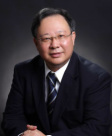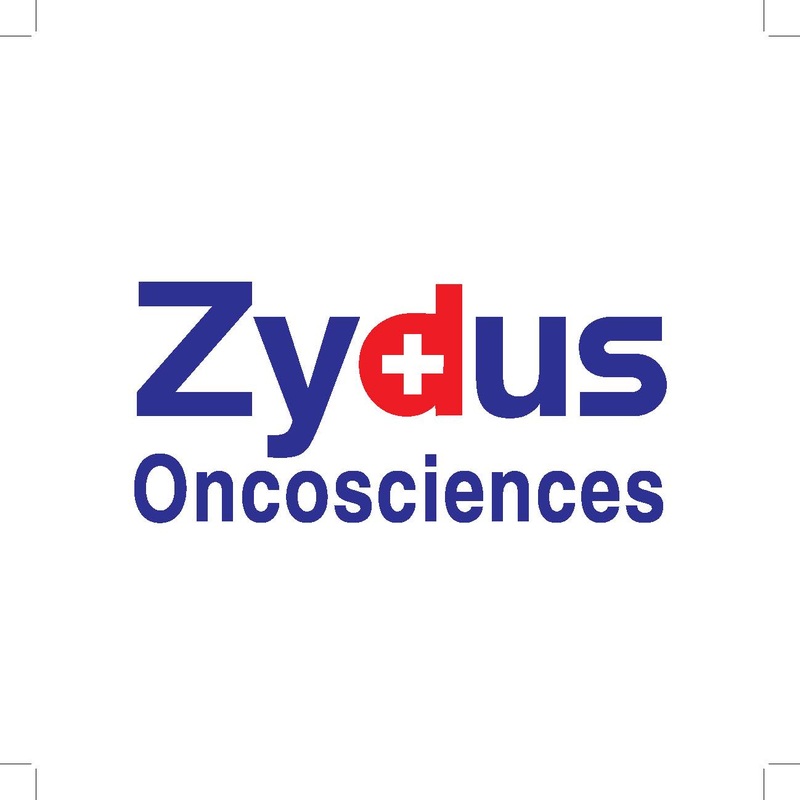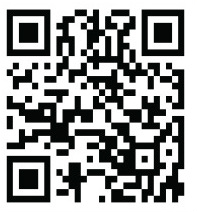Haplo Transplant Symposium Scientific Agenda
Venue: Park Nailert House located at 2 Wireless Rd, Bangkok 10330, Thailand
1st Asia Pacific Haplo Transplant Symposium
at AUBHO2016
on AUGUST 25, 2016
CHALLENGE PRACTICE DISCOVER RESEARCH PUBLISH
Symposium Chairpersons
|
9:00 AM
Welcome and Opening Remarks 9:10 AM Plenary session (Moderator: Borje Andersson) Has Haploidentical transplantation replaced cord blood transplantation in 2016? Didier Blaise (25 min) 9:40 AM Haploidentical donor transplantation: Regional Experience and Update (Moderator: Kaiyan Liu and Stefan Ciurea) 1. China: Kaiyan Liu (10 min) 2. Australia: David Ritchie (10 min) 3. Thailand: Suradej Hongeng (10 min) 4. India: Vikram Mathews (10 min) 5. Japan: Takanori Teshima (10 min) 6. Taiwan: Ming Yao (10 min) 10:50 AM Coffee Break 11:00 AM Addressing Relapse (Moderator: Surapol Issaragrisil and Govind Babu) 1. Conditioning: Borje Andersson (15 min) 2. Post-transplant cell therapy: DLI: Didier Blaise (15 min) 3. CAR-T cell, NK Cell: Stefan Ciurea (15 min) 12:00 PM (Sponsored by Zydus Cadila) Lunch Symposium and discussion of open protocol for multi-center studies 1:00 PM Addressing GVHD (Moderator: Simrit Parmar and Kaiyan Liu) 1. Post-Transplant Cyclophosphamide: Vikram Mathews (15 min) 2. Low dose steroids: Xiang-Yu Zhao (15 min) 3. MSC therapy for severe acute GVHD: Keiya Ozawa (15 min) 2:00 PM Addressing Complications (Moderator: Stefan Ciurea and Meng Lv) Graft failure and Role of HLA Antibodies: Piyanuch Kongtim (15 min) Viral Reactivation: CMV, BKV, EBV, HHV6: David Ritchie (15 min) 2:30 PM Case presentations (6 cases) : Stefan Ciurea & Kaiyan Liu (30 min) Download MDRing app and answer the case questions below prior to the session. (www.mdring.com) Moderator: David Ritchie Case 1. Advanced Hodgkin’s lymphoma A 31 year-old man originally from the Middle East with history of Hodgkin lymphoma diagnosed initially in 2008. He presented with a mediastinal mass, had multiple chemotherapy courses starting with ABVD, then ICE, GND, cisplatin and irinotecan. In 2010, he underwent an autologous stem cell transplant with BEAM conditioning. Unfortunately, his disease relapsed approximately 1 year after transplant and received treatment again with cisplatin and irinotecan for 6 courses followed by gemcitabine, navelbine doxorubicin for 5 courses, followed by brentuximab then investigational agent MK-2206 (AKT inhibitor), temsirolimus and lenalidomide on a clinical trial. He achieved a complete response to this last treatment; however, in 2013 had evidence of early disease progression. The patient was referred for consideration of an allogeneic stem cell transplant. His sister is HLA half match with him. You recommend: a. Palliative care; the patient has failed at least 10 lines of therapy so far including an autologous transplant b. Start a MUD search to try to identify the best possible HLA matched donor c. Look for cord units for possible cord blood transplantation d. Clear sister for donation and proceed with a haploidentical transplant as soon as possible Moderator: Raymond Wong Case 2. High-risk ALL in CR1 A 19 year-old man presented in 2014 to the hospital with a high WBC count and vertigo. A bone marrow biopsy had 97% blasts positive for CD19, CD20, CD22, CD34, HLA-DR and TdT and MPO negative, PCR for BCR-ABL was positive and he was diagnosed with Ph+ acute lymphoblastic leukemia. CNS was negative for involvement. Had 8 courses of Hyper-CVAD regimen + imatinib completed in 2015 and was referred to you for possible transplantation. His most recent PCR for BCR-ABL was 0.02. You consider a transplant; however, has no siblings, a MUD search revealed no 8/8 MUDs. A cord blood search reveals only 4/6 cord units mismatched at HLA-DR. His father is abroad and only his mother is with him at present. You propose: a. Continue POMP maintenance therapy for now and monitor b. Change imatinib to dasatinib and postpone transplant c. Proceed with a cord blood transplant despite the fact that the cord units are not optimal d. Proceed with a haploidentical transplant using his mother as donor Moderator: Vikram Mathews Case 3. FLT3+ AML in CR1 A 59 year-old African-American man presented with perirectal pain and weakness to the emergency room and was found to have a perirectal abscess and a WBC of 33,000. Started antibiotics but soon after became septic and was transferred to ICU where was also found to have a fungal pneumonia. A bone marrow biopsy 74% blasts and was diagnosed with AML. Cytogenetics were diploid and molecular studies were positive for FLT3 D835 mutation, DNMT3A, NPM1 an NRAS. His infections improved significantly and started induction with FIA regimen. Completed 3 cycles, achieved first remission with negative minimal residual disease by PCR and was referred for transplantation. A MUD search identified 1 MUD. Transplant is planned; however, 1 week prior to admission the MUD becomes unavailable. You recommend: a. Postpone transplant hoping to see if he relapses and consider it in second remission b. Proceed with maintenance FLT3 inhibitor c. Reactivate the MUD search and hope to find another donor even if mismatched d. Clear his son for donation and proceed with a haploidentical transplant while in still first CR1 Moderator: Qian Jian Case 4. CML refractory to TKIs A 42 year-old Hispanic woman with CML diagnosed initially in 2010 when she presented with abdominal discomfort and early satiety. A bone marrow biopsy confirmed the diagnosis of Ph+ CML. Received multiple tyrosine kinase inhibitors in the past (total 3) to which she did not respond. When she presents to you has a complex karyotype and clonal evolution suggestive of accelerated disease. No mutations were identified in the ABL kinase domain. Started treatment with dasatinib to which responded poorly and the dose was escalated to 100 mg daily. Subsequently she developed persistent thrombocytopenia (platelet count < 50,000/mcL). Started treatment with a thrombopoietic agent (eltrombopag) but did not respond and was referred for an opinion about transplantation. Has no siblings and no unrelated donors in the registry, only a 13 year old daughter in good health. You recommend: a. Continue dasatinib and thrombopoietic agents and wait to see if a MUD becomes available in the registry b. Proceed with a haploidentical transplant using her daughter c. Type cousins to find a different haplo donor as her daughter is a child d. Look for cord blood units as she is a thin woman in anticipation of a cord blood transplant. Moderator: Takanori Teshima Case 5. Severe aplastic anemia A 29 year-old Caucasian woman was diagnosed with severe aplastic anemia (ANC 900/mcL, Hgb 6.2g/dL, platelet count 1,000/mcL) and received treatment with ATG, prednisone and cyclosporine and WBC improved; however, developed persistent refractory thrombocytopenia complicated with bleeding in psoas muscle and abdominal wall, as well as hemoptysis. She was referred for transplantation. A MUD search revealed no 10/10 or 9/10 HLA matched unrelated donors and her sibling is complete mismatch. She has an 11 year-old daughter (weight 100 lbs) with multiple donor-specific anti-HLA antibodies identified against the daughter’s mismatched HLA antigens. The patient is in the hospital for the past 3 months due to multiple bleeding episodes her performance status has decreased. You recommend: a. Patient is too debilitated to undergo a transplant now b. Proceed with a mismatched MUD, best available c. Proceed with a haploidentical transplant as soon as possible from her daughter d. Proceed with a haploidentical transplant after desensitization therapy according to the MD Anderson desensitization strategy Moderator: Simrit Parmar Case 6. Biphenotypic leukemia 62 year-old man originally from Vietnam presented with neck lymphadenopathy and pancytopenia when he was diagnosed with acute leukemia with mixed phenotype (83% blasts), FLT3 negative and CEBPA positive. Started induction chemotherapy with idarubicin and cytarabine and achieves first complete remission and was referred for transplantation. His 3 siblings are not HLA match and a MUD search identified an 8/10 MUD donor (mismatched at HLA-A and –B). You recommend: a. Continue to observe as he is too old for a mismatched transplant b. Considering his age and the fact that he is CEBPA positive consider transplant in second CR c. Proceed with the mismatched unrelated donor as this is a reasonable option d. Proceed with a haploidentical transplant from his daughter 4:00 PM Adjourn |
Why should I attend?
As the world landscape is changing, the only curative option for hematologic malignancies remains to be allogeneic stem cell transplant. Due to limited constraints in terms of donor matching, timeliness or financial resources, it may not be possible to get an unrelated donor or cord donor for patients suffering from fatal diseases. Therefore, haplo-transplant is emerging as the standard of care for such patients. The haplo-transplant symposium offers an opportunity for providing an open platform for discussions around existing data, new cell therapy based manipulations as well as new ideas. Physicians, Nurses, PharmDs, and all other researchers are encouraged to attend to gain a better understanding of the haplo-transplant platform. |





